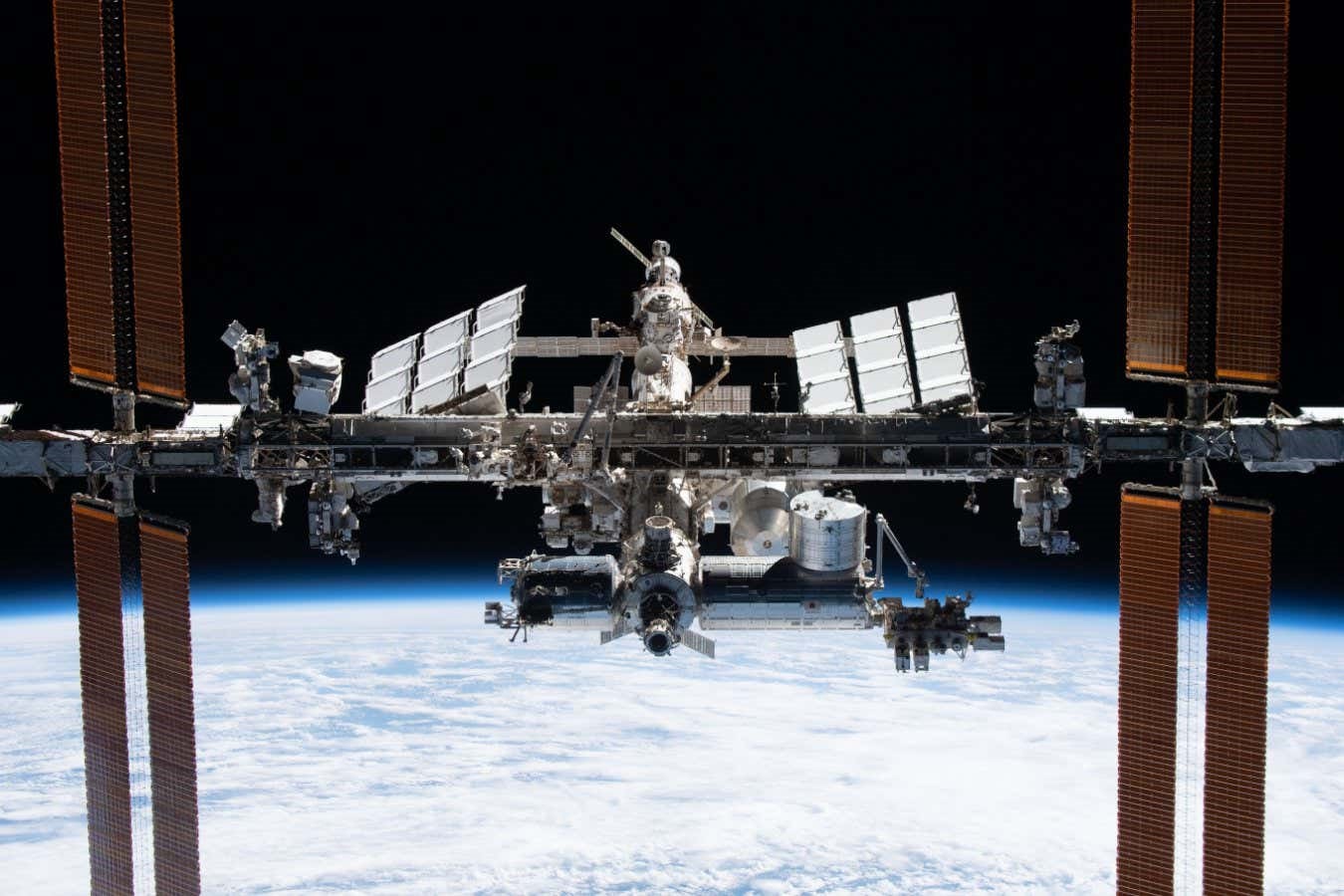Plants Thrive in Lunar Soil with Help from Phosphorus-Making Bacteria
Growing plants on the moon could be facilitated by introducing bacteria into the lunar soil to generate phosphorus, a crucial element for plant growth not naturally abundant in lunar regolith. Lunar regolith, the powdery dust covering the moon's surface, is not conducive to plant growth due to the absence of essential nutrients. In lab experiments, researchers successfully fostered the growth of tobacco plants in a simulation of lunar soil by incorporating three types of bacteria.

Figure 1.Plants Thrive in Lunar Soil with Help from Phosphorus-Making Bacteria
Figure 1 Shows Plants Thrive in Lunar Soil with Help from Phosphorus-Making Bacteria Previous attempts with real lunar regolith collected from Apollo missions resulted in small and stunted thale cress plants, primarily due to nutrient deficiencies. Zhencai Sun and his team at China Agricultural University in Beijing discovered that three strains of phosphorus-producing bacteria can enhance the nutrient content of simulated lunar soil. These bacteria transform calcium phosphate, which plants struggle to utilize, into bioavailable phosphorus.
In their experiments, the researchers introduced three bacteria strains—Bacillus mucilaginosus, Bacillus megaterium, and Pseudomonas fluorescens—into the soil. After three weeks, all three bacterial species led to a more than 200 percent increase in phosphorus levels in the simulated lunar soil. This finding suggests a potential method to improve the fertility of lunar soil for plant growth through the activity of these bacteria.
In a study conducted by Zhencai Sun and colleagues at China Agricultural University in Beijing, tobacco plants (Nicotiana benthamiana) exhibited enhanced growth when grown in soil containing three strains of phosphorus-producing bacteria compared to those grown in soil without these bacteria. After six days, plants in bacteria-infused soil displayed longer stems and roots, growing four times heavier than their counterparts.
Moreover, after 24 days, the levels of chlorophyll—crucial for converting light into chemical energy for growth—were more than 100 percent higher in samples enriched with the three bacteria strains. These findings suggest that the presence of these bacteria in lunar soil simulations positively influences the growth and vitality of plants.
Karl Hasenstein from the University of Louisiana at Lafayette notes that while the demonstration showcasing the positive impact of phosphorus-producing bacteria on plant growth is valuable, plants require a balance of various essential elements, not just phosphorus. The study did not monitor crucial soil qualities, such as acidity levels. Hasenstein suggests a more effective strategy might involve combining various microbial species to create a well-rounded nutrient profile, akin to the diverse bacterial species found in Earth's soil, which contribute to the array of nutrients necessary for optimal plant growth. This approach could offer a more comprehensive solution for cultivating plants in lunar or similar environments.
Source:NewScientist
Cite this article:
Janani R (2023), Plants Thrive in Lunar Soil with Help from Phosphorus-Making Bacteria, AnaTechMaz, pp.5















